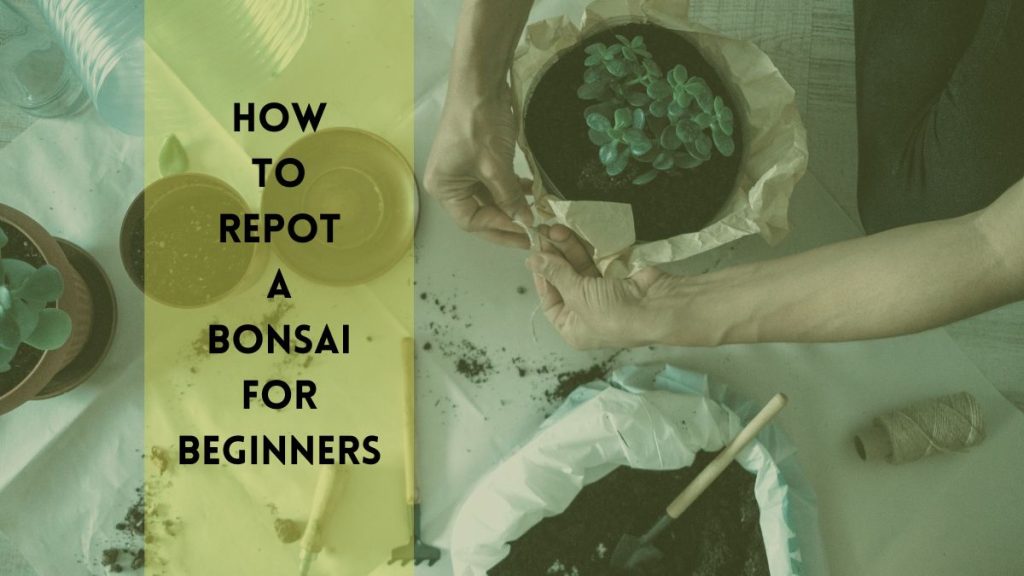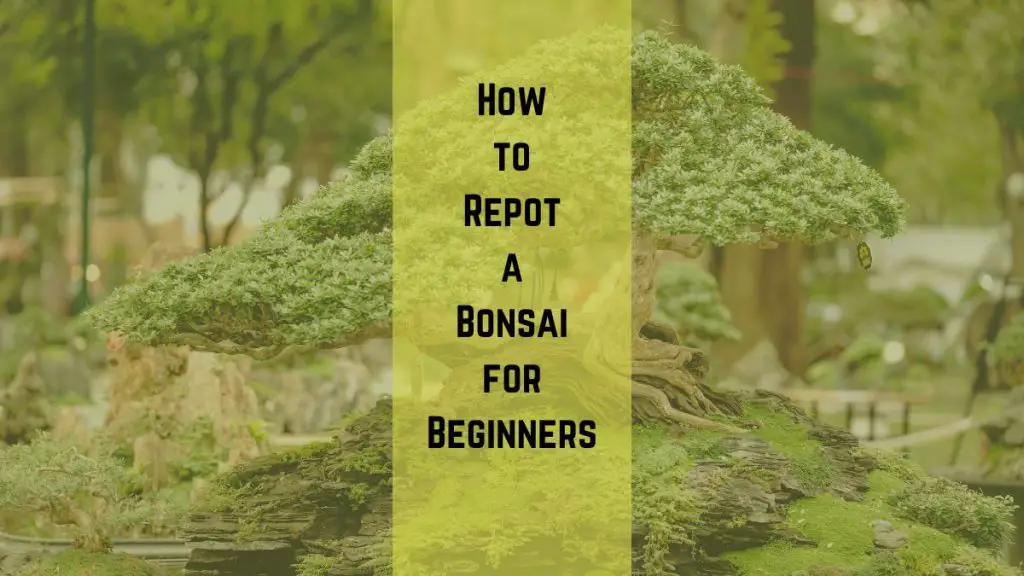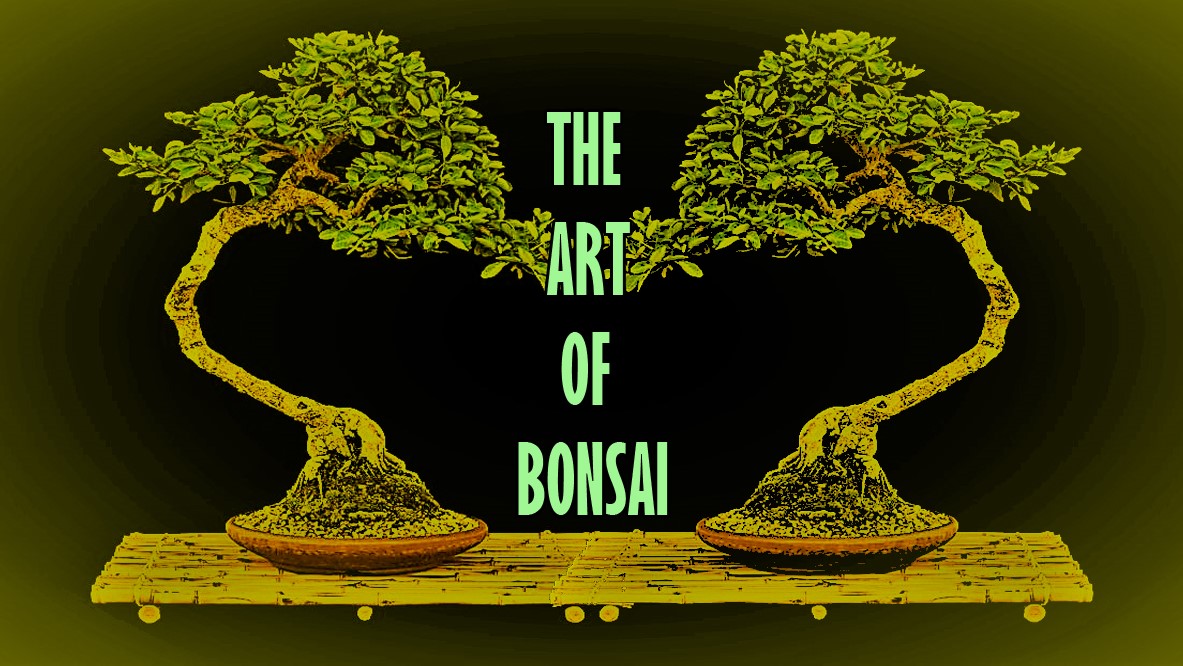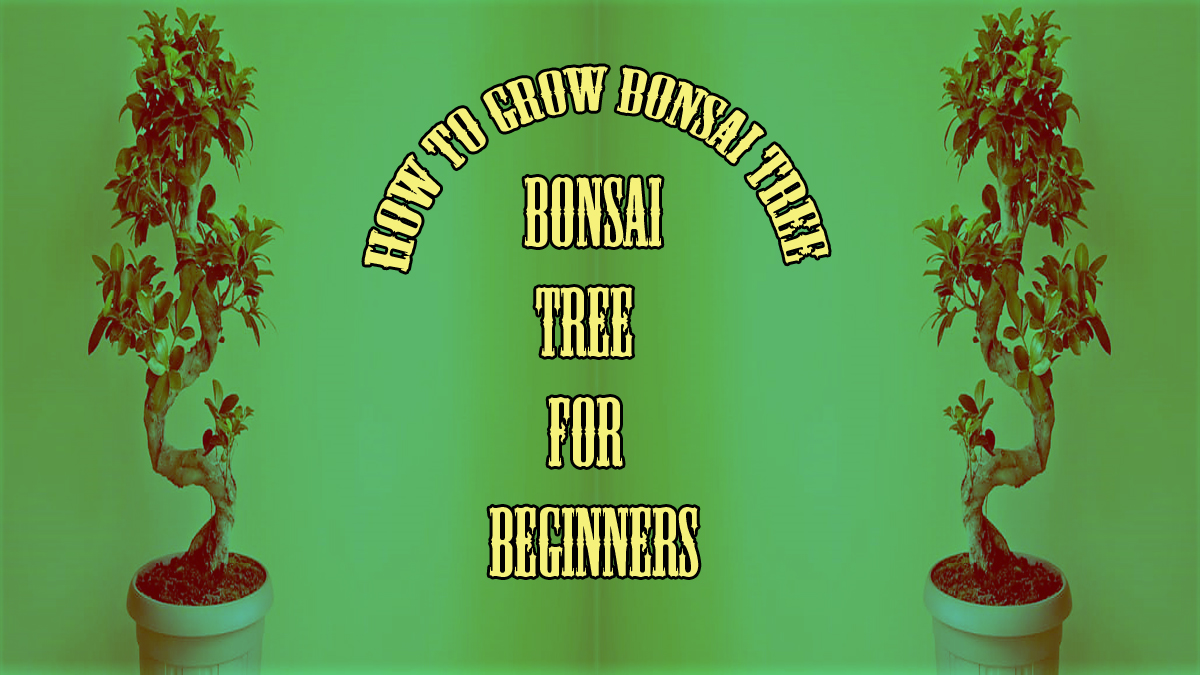To repot a bonsai, first select a suitable pot, then gently remove the tree and trim its roots. Ensure the new pot has ample drainage and repot during the tree’s dormant period. Here, we will discuss how to repot a bonsai for beginners, which would be a great guide for bonsai enthusiasts.
Repotting a bonsai is an essential aspect of its maintenance that ensures the health and longevity of these miniature trees. Beginners may feel intimidated by the process, but with the right guidance, repotting can be a straightforward task. It is a critical part of bonsai care because it prevents root bounding and replenishes the soil, keeping the tree healthy.
Typically done every two to five years, depending on the species and the age of the tree, repotting is best carried out in late winter or early spring before the bonsai enters its growth phase. This timing allows the tree to recover and establish new roots in the fresh soil before the demands of the growing season. With basic tools, a new pot, and a careful approach, even novice bonsai enthusiasts can successfully repot their cherished plants.
Related Article: Bonsai For Beginners: How To Grow Bonsai Tree

Related Article: The Art of Bonsai: Making of Stunning Miniature Trees
You may also read: Are Bonsai Trees Hard to Take Care of? Debunking Myths
Essential Bonsai Repotting Supplies
Essential Bonsai Repotting Supplies mark the beginning of any successful repotting journey. Repotting your bonsai is like giving it a new home. It is vital. You must ensure you have all the necessary supplies before starting the process. Let’s explore what you’ll need to repot your bonsai.
Choosing The Right Pot
Choosing a pot for your bonsai is not just about looks. The pot is home to your bonsai’s roots. It should be the right size. Ensure there is enough space for both growth and drainage. Consider the material also; ceramic pots are popular. They come in various sizes and colors.
Selecting Appropriate Soil
Bonsai trees need special soil. Get a soil mix suited for bonsais. It should drain water swiftly. Yet, it should hold enough moisture. Look for mixes with akadama, pumice, and lava rock.
Tools For The Task
You need several tools to repot your bonsai. Here is a list of essential tools:
- Root Rakes: to untangle roots gently.
- Pruning Shears: for cutting roots and trimming the top.
- Wire Cutters: if your bonsai is wired in its pot.
- Bonsai Scissors: for precision cutting
- Screen: to cover drainage holes and prevent soil loss.
Remember to wear gloves to protect your hands.
Related Article: Bonsai Soil Mix: Essential Ingredients for Healthy Growth

Credit: medium.com
You may also read: Best Bonsai Pots: Elevate Your Miniature Trees with Style
Signs Your Bonsai Needs Repotting
Notice your bonsai’s lack of zest? It might scream for fresh space and nutrients. Learn to spot when your miniature tree craves a new pot.
Root Circulation And Growth
Healthy roots mean a healthy bonsai. Observe the drainage holes. Are roots peeking out? Roots coiling at the pot’s bottom signal distress. Your bonsai yearns for room to grow. A crowded root system can’t absorb water and nutrients well. This stunts your bonsai’s vigor.
Soil Compaction Indicators
Soil should be light and airy. Compact soil suffocates roots. Feel the soil. Does it feel hard and unyielding? It’s time to repot. Watering gives clues too. Water that sits atop or runs off without soaking in cries for intervention. Fresh soil promises renewed health for your pint-sized tree.
Timing And Seasonal Considerations
Picking the right moment is key. Repot during the growth period. This usually means early spring. Why then? Your bonsai wakes up from winter’s rest. It can recover quickly in its new home. Remember, different species may have unique needs. Research your tree type for the best repotting season.
| Sign | Action Needed |
| Roots through drainage holes | Repot for space |
| Soil feels hard | Replace compact soil |
| Water runoff | Soil refresh needed |
| Spring season arrives | Time to repot |
The Repotting Process Step By Step
Repotting a bonsai is a vital part of its care. This step-by-step guide will simplify the process. Even beginners will be able to sustain the life and beauty of their miniature trees.
Removing The Tree Safely
First things first: removing your bonsai from its pot is a delicate task.
- Gently loosen the edges using a bonsai repotting tool.
- Lift the tree by its base, avoiding tugging on the branches or foliage.
Pruning The Roots
Root pruning is essential for a healthy bonsai.
- Examine the roots closely for any signs of decay.
- Trim them using sharp, clean scissors, preserving the healthy parts.
Preparing The New Pot
A fresh environment will reinvigorate your bonsai’s growth.
Related Article: Bonsai Species: A Comprehensive Guide to Stunning Miniature Trees
| Step | Action |
| 1 | Cover the drainage holes with mesh screens to prevent soil loss. |
| 2 | Add a layer of fresh bonsai soil, which promotes proper drainage and aeration. |
Related Article: Bonsai Styles: Master the Art of Miniature Tree Design

Credit: www.bonsaiempire.com
Related Article: Bonsai Pruning Techniques: Master the Art of Miniature Trees
Caring For Your Bonsai After Repotting
Successfully repotting your bonsai marks the beginning of a crucial recovery period. Proper care ensures your bonsai thrives in its new home. Here are vital tips for aftercare.
Watering Techniques
Water is essential for your bonsai’s recovery. Use a gentle shower from a watering can with a fine nozzle. Ensure even distribution across the soil. The goal is to maintain moist soil without waterlogging the roots.
Positioning And Sunlight
The right spot makes a big difference. Place your bonsai in a location with bright, indirect sunlight. Direct sunlight can be harsh, especially following the stress of repotting.
Fertilizing The Newly Repotted Bonsai
Wait before fertilizing. Allow roots to heal for about a month. Then, introduce a balanced, slow-release fertilizer. This will nourish your bonsai without overwhelming it.
Common Mistakes To Avoid
Repotting a bonsai tree is an exciting step towards its health and beauty. Yet, without the right knowledge, it’s easy to make mistakes. The key is knowing what not to do. Let’s dive into the common pitfalls that beginners should steer clear of.
Over-pruning The Roots
Trimming too many roots can harm your bonsai. It needs them to absorb water and nutrients. Here’s how to do it correctly:
- Check the roots carefully.
- Remove only the necessary amount.
- Avoid cutting more than one-third of the root mass.
Ignoring Drainage Needs
Proper drainage keeps your bonsai’s roots healthy. Without it, roots can rot. Ensure your pot has adequate drainage holes. Use soil that allows water to pass but not too quickly. Strike the right balance to keep roots in the best condition.
Neglecting Post-repotting Care
After repotting, your bonsai requires special attention. Do not expose it to strong sunlight. For the first few weeks:
- Keep it in a shaded area.
- Water it gently.
- Refrain from fertilizing immediately.
Patience is key as your bonsai adapts to its new home.

Credit: www.youtube.com
Frequently Asked Questions On How To Repot A Bonsai For Beginners
When Should You Repot A Bonsai Tree?
Repotting is typically needed when the bonsai’s roots have filled the pot, often every 2-5 years. It’s best to repot during spring, before the growth season begins, which gives the tree time to recover and grow new roots.
What Soil Is Best For Repotting Bonsai?
A well-draining soil mix is crucial for bonsai health. A common blend includes akadama, pumice, and lava rock. This mix provides a balance of water retention and drainage to support root development and prevent rot.
How Do You Prepare A Bonsai Before Repotting?
Before repotting, water the bonsai thoroughly to reduce stress on the plant. Next, gather all necessary tools and the fresh soil mixture. Gently remove the tree from its pot and carefully trim away any excess or dead roots.
Can You Repot Bonsai At Any Size?
Yes, bonsai trees of any size can be repotted, but the process may vary. Smaller bonsai may require more delicate handling, while larger trees need more extensive root work. The basic principles of repotting apply to all sizes.
To know more about How to Repot a Bonsai for Beginners>>
Related Article: 14 Best Bonsai Tools To Make A Proper Bonsai
Conclusion
Repotting a bonsai doesn’t have to be daunting; even beginners can thrive with patience and practice. Remember these steps to nurture your miniature masterpiece. With the right care and technique, your bonsai will continue to grow and enchant for years to come.
Happy gardening!
Related Article: The Top 10 Best Bonsai Trees for Beginners




Pingback: The Art of Bonsai: Making of Stunning Miniature Trees - Dwell Gardens
Pingback: Are Bonsai Trees Hard to Take Care of? Debunking Myths - Dwell Gardens
Pingback: Bonsai Soil Mix: Essential Ingredients for Healthy Growth - Dwell Gardens
Pingback: Best Bonsai Pots: Elevate Your Miniature Trees with Style - Dwell Gardens